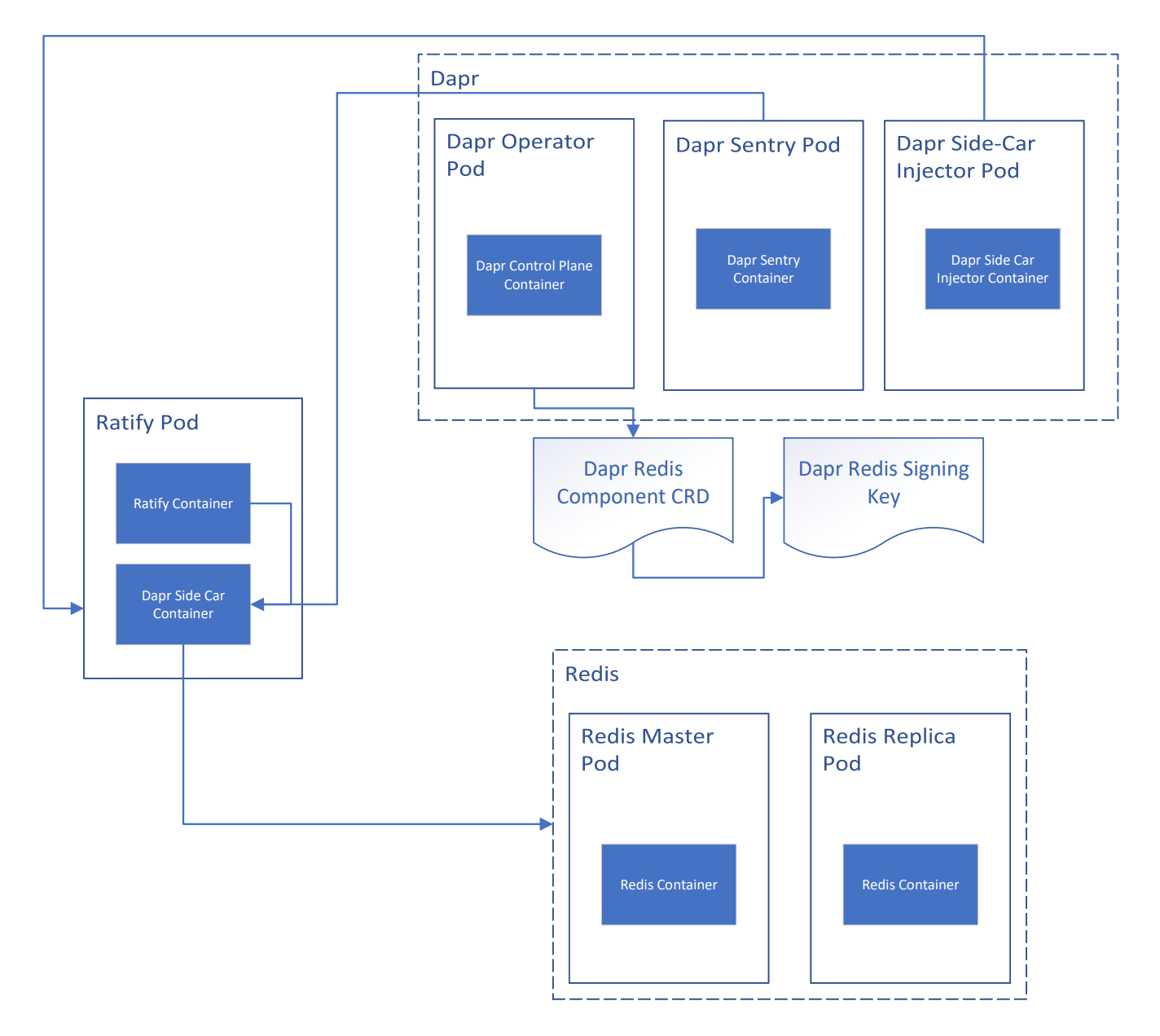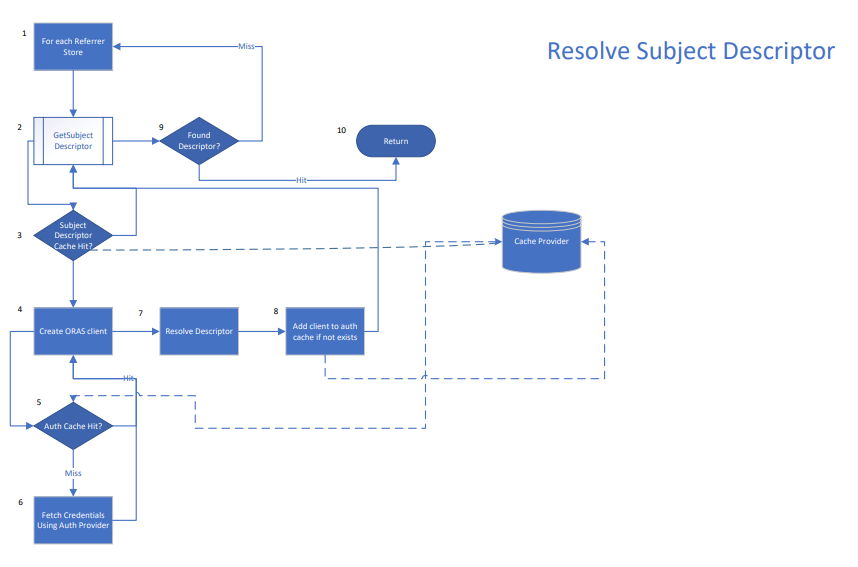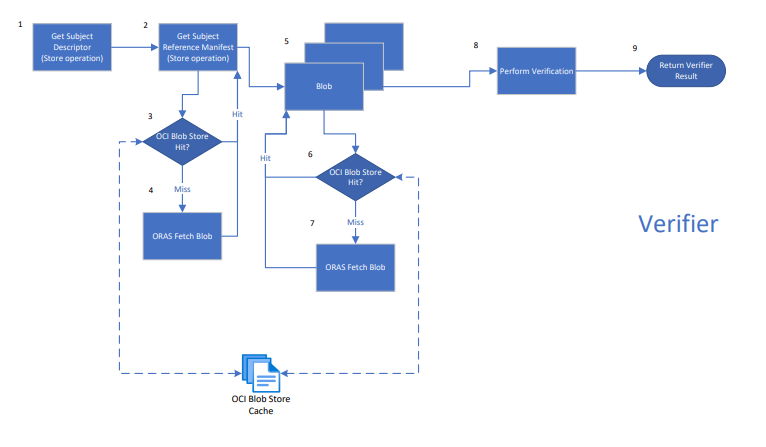Caching in Ratify
Ratify supports memory caches and file-based blob caching.
Memory Caches
Ratify provides a unified cache API for cache read/write. Caching providers implement the API and are registered on ratify creation. Users can configure which cache provider to use via helm chart/cli. For high availability scenarios, reference this guide. Here are the current cche providers supported:
Ristretto (default)
Ristretto is a highly performant in-memory caching library. The ristretto cache is configured as LRU. See docs.
When to use Ristretto as the cache provider?
- using the ratify quick start
- only using ratify with notation verifier configured
- using ratify as a single pod
Dapr
Dapr (Distributed Application Runtime) supports many different state-stores both open source and cloud specific. Redis is the prefferred state-store implementation. Redis is a memory-based key-value distributed data-store. It is atomic and highly concurrent making it a good fit for distributed applications with multiple readers and writers. Ratify uses Redis as a centralized cache shared across multiple processes (each external plugin is run as a separate process) and across mutliple ratify replicas.
Ratify REQUIRES that each Dapr state store be configured with a primary encryption key in order to guarantee confidentiality of the cached data at rest. Please see guide here on installing Ratify with Dapr Redis integration.
The Ratify chart does NOT come with built-in installation support for Dapr or Redis. User's must manage and configure on their own.
When to use Redis as the cache provider?
- using multiple verifiers including external plugins
- using high availability ratify deployment (multiple replicas)
Here's a diagram of the relationship between the cluster resources installed with Dapr + Redis + Ratify:

The centralized cache is currently used in 4 different scenarios:
- Verify Request
- cache key:
cache_ratify_verify_handler_<INSERT_IMAGE_REF> - description: Caches external data response sent by the
/verifyhandler. This cache is required when Ratify gets multiple simulataneous requests for verification of the same image. Cache items should be very short lived.
- cache key:
- Subject Descriptor Resolution
- cache key:
cache_ratify_subject_descriptor_<DIGEST> - description: Digest-based fully-qualifed subject image reference key to a resolved subject descriptor. This is used by the
GetSubjectDescriptorORAS store implementation. The/mutatepath heavily relies on this cache due to the often redundant mutate requests Ratify gets during K8s resource creation.
- cache key:
- Authentication Credentials
- cache key:
cache_ratify_oras_auth_<INSERT_REGISTRY_HOST> - description: Registry host name to
AuthConfigcredentials object returned by the auth provider
- cache key:
- Subject Referrers
- cache key:
cache_ratify_list_referrers_<INSERT_IMAGE_REF> - description: The cache implementation of
ListReferrersstores the list of artifact descriptors returned from the registry referrers call. (Note: the cache duration can be specified viaoras.cache.ttlhelm value)
- cache key:
File store based cache
ORAS provides an OCI layout store for caching blobs in a local file descriptor. Ratify's ORAS store implementation stores all blobs fetched from registry in an OCI store. During verification, blob-related operations (GetReferenceManifest & GetBlobContent) check the OCI file store for blob existence before making calls to registry.
Flow Diagrams


